Anca Sticlaru
Material Classification in the Wild: Do Synthesized Training Data Generalise Better than Real-World Training Data?
Nov 09, 2017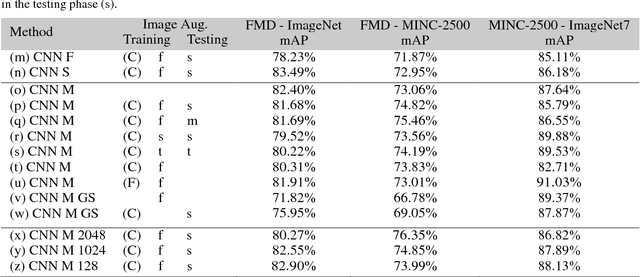
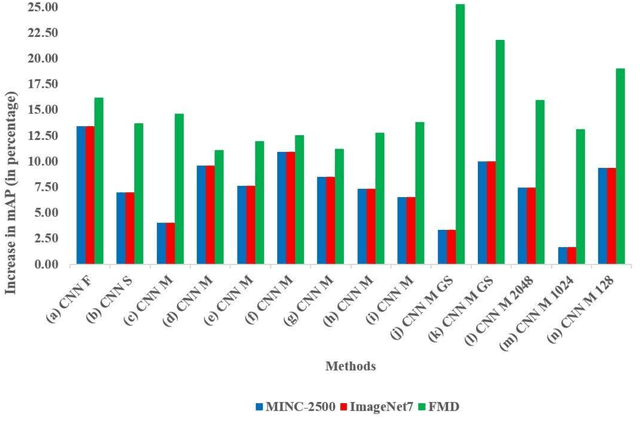
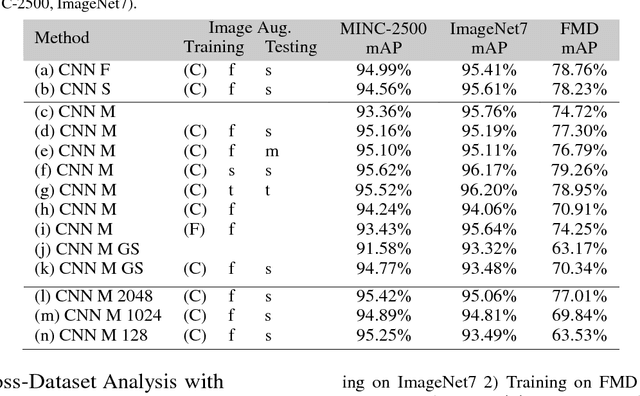
Abstract:We question the dominant role of real-world training images in the field of material classification by investigating whether synthesized data can generalise more effectively than real-world data. Experimental results on three challenging real-world material databases show that the best performing pre-trained convolutional neural network (CNN) architectures can achieve up to 91.03% mean average precision when classifying materials in cross-dataset scenarios. We demonstrate that synthesized data achieve an improvement on mean average precision when used as training data and in conjunction with pre-trained CNN architectures, which spans from ~ 5% to ~ 19% across three widely used material databases of real-world images.
Material Classification using Neural Networks
Oct 17, 2017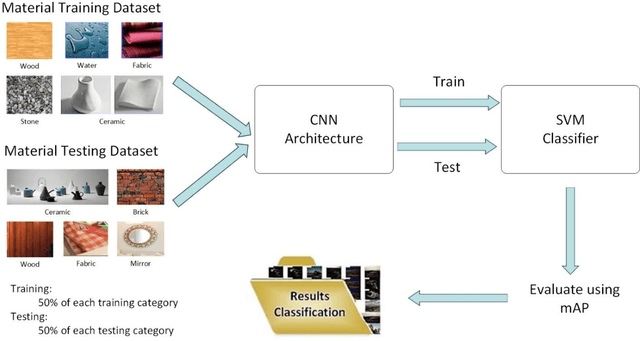
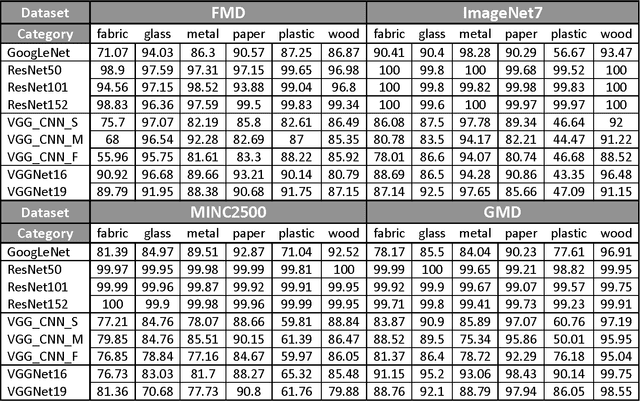

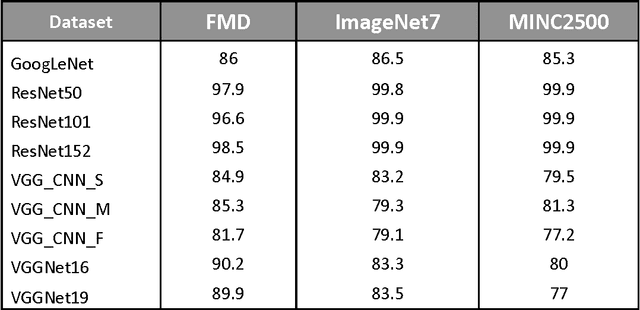
Abstract:The recognition and classification of the diversity of materials that exist in the environment around us are a key visual competence that computer vision systems focus on in recent years. Understanding the identification of materials in distinct images involves a deep process that has made usage of the recent progress in neural networks which has brought the potential to train architectures to extract features for this challenging task. This project uses state-of-the-art Convolutional Neural Network (CNN) techniques and Support Vector Machine (SVM) classifiers in order to classify materials and analyze the results. Building on various widely used material databases collected, a selection of CNN architectures is evaluated to understand which is the best approach to extract features in order to achieve outstanding results for the task. The results gathered over four material datasets and nine CNNs outline that the best overall performance of a CNN using a linear SVM can achieve up to ~92.5% mean average precision, while applying a new relevant direction in computer vision, transfer learning. By limiting the amount of information extracted from the layer before the last fully connected layer, transfer learning aims at analyzing the contribution of shading information and reflectance to identify which main characteristics decide the material category the image belongs to. In addition to the main topic of my project, the evaluation of the nine different CNN architectures, it is questioned if, by using the transfer learning instead of extracting the information from the last convolutional layer, the total accuracy of the system created improves. The results of the comparison emphasize the fact that the accuracy and performance of the system improve, especially in the datasets which consist of a large number of images.
Evaluating Deep Convolutional Neural Networks for Material Classification
Mar 16, 2017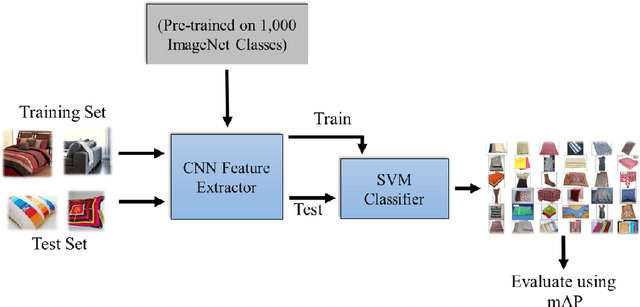


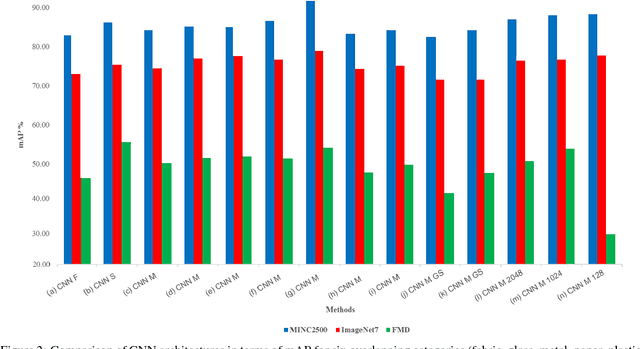
Abstract:Determining the material category of a surface from an image is a demanding task in perception that is drawing increasing attention. Following the recent remarkable results achieved for image classification and object detection utilising Convolutional Neural Networks (CNNs), we empirically study material classification of everyday objects employing these techniques. More specifically, we conduct a rigorous evaluation of how state-of-the art CNN architectures compare on a common ground over widely used material databases. Experimental results on three challenging material databases show that the best performing CNN architectures can achieve up to 94.99\% mean average precision when classifying materials.
 Add to Chrome
Add to Chrome Add to Firefox
Add to Firefox Add to Edge
Add to Edge